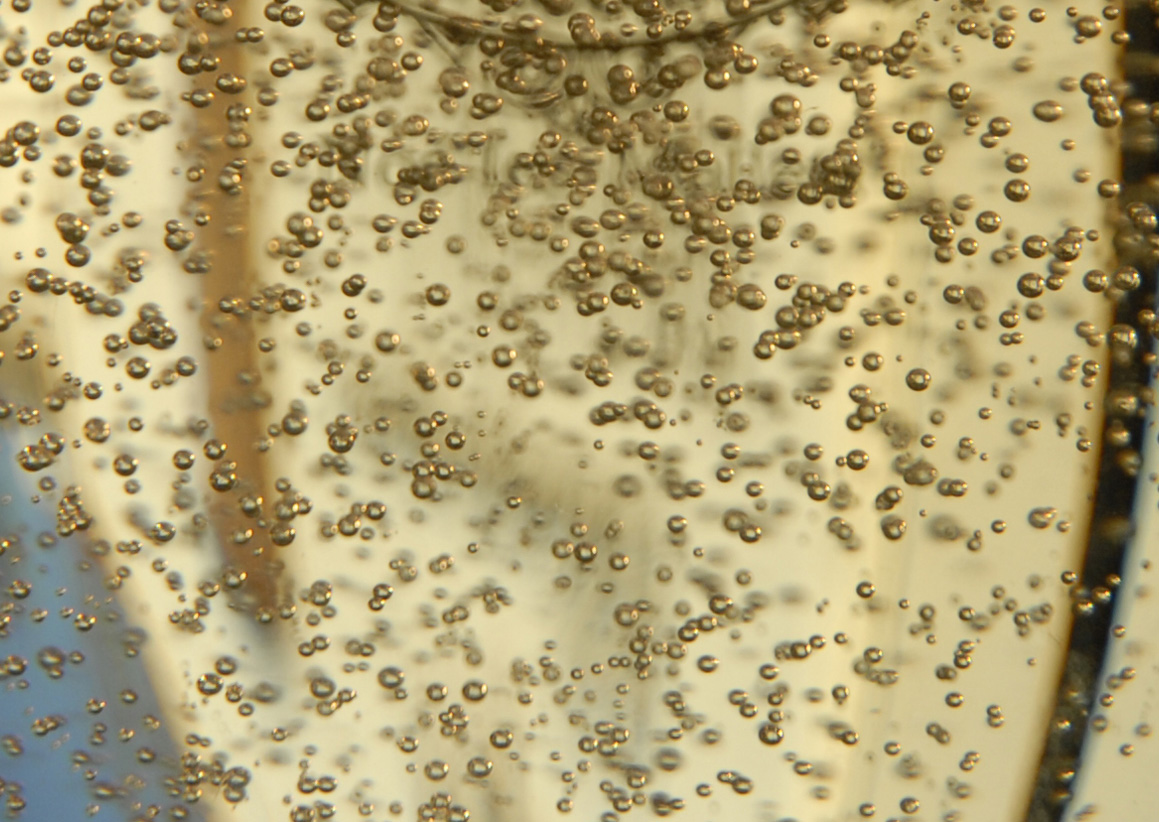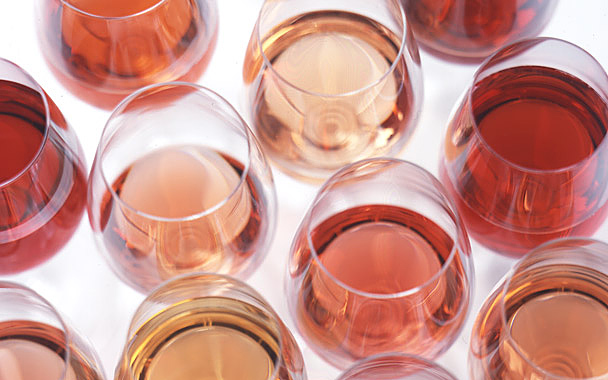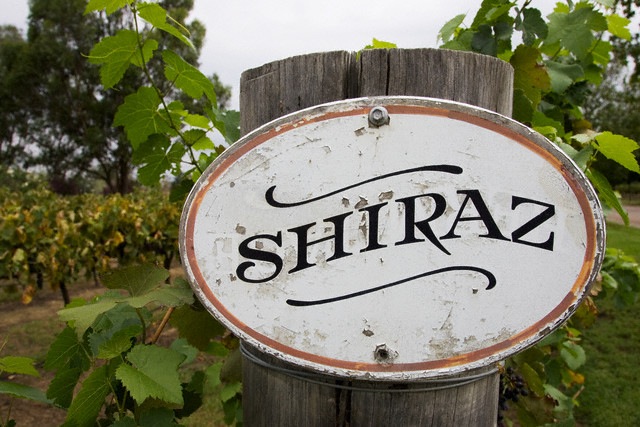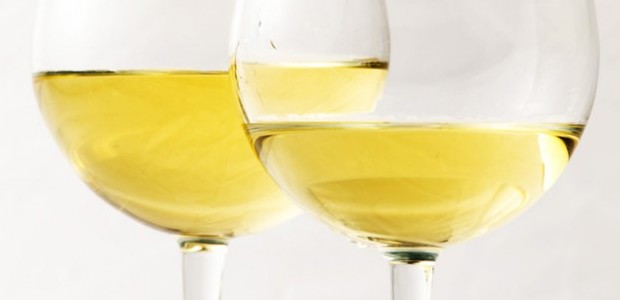That “Crushing” Feeling
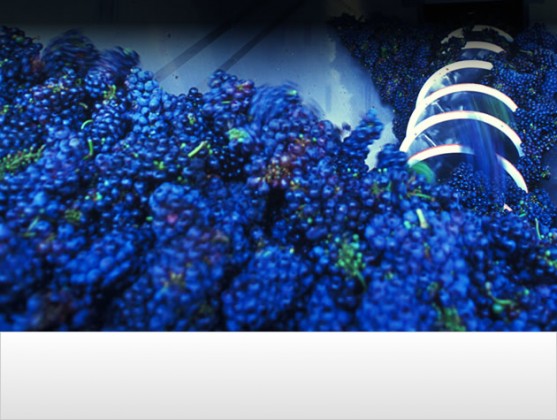
Currently, there’s just one thing on every winery’s mind – and that is the harvest, a.k.a. “the crush.” This is the time of year that vineyard managers and winemakers start running around their fields checking, double checking, and triple checking the ripeness of their grapes, waiting for the perfect time to pick the crop and make the season’s wines. You watch the weather forecasts, worry about having everything ready for action in the cellar, and on top of it all have to make room by getting the previous vintages still in the cellar finally bottled.
Depending on the size of the winery, it can be an intense short burst of all out effort, or for larger wineries, a marathon of several months of hard labor. Different grapes will reach maturity at different points in the season, with a wide variation depending on the vineyard location and the weather for that year.
The harvest begins first for the sparkling wine producers, who pick their fruit earlier than everyone else. That’s because the main flavor characters of bubbly come less from the grapes, and more from the way sparkling wine is processed and aged. The grapes are picked slightly less ripe for a more neutral flavor as a result. The varieties of grapes normally used in sparkling wine are also early ripeners.
Next up typically are the white wine grapes. Popular varieties like Sauvignon Blanc, Pinot Grigio (or Pinot Gris for those that only speak French), Viognier, and Chardonnay are all early ripening grapes. A few early season reds also make an appearance, most notably Pinot Noir.
The peak of the season comes when the last of the white wine grapes are being picked and the later season reds are ramping up their arrival in the winery. Names like Merlot, Cabernet Sauvignon, Syrah, and Zinfandel all make their way to the stage in the later acts. It gets to be hectic as many wineries will struggle to find space for everything, and the days of work can get quite lengthy (especially given the physical nature of wine production. It is farming, after all).
Finally, the season begins to slow down as the white wines all get processed, then the red wines reach their peak and begin to taper off. Some wineries go the extra mile and allow certain fruit to have extended ripening time on the vine, picking it at ultra high concentration. These make their way into the pleasant, sweet, dessert wines that many people love.
At last, all the wines are finished and resting safely either in barrels or tanks, and begin their maturation process that will take them into the following season (or two) when they’re finally ready to make their way into the bottle and free up space for the future season’s crop to make its way into the winery.
The process is a challenging one, but also very rewarding to many people that work in the business, as it involves you on a physical level with the different seasons and the cycles of nature. You also get the satisfaction at the end of the day in holding up your bottle of wine and knowing that you were a part of its creation.
The harvest season is a great time to visit wineries for tourists. You get to glimpse the process of making wine, watch the change of seasons, and enjoy the bounties that come with the harvest with local markets and artisans. So take a trip to your local wine country this harvest season and enjoy. Just remember to tip the barhands and drive responsibly.
